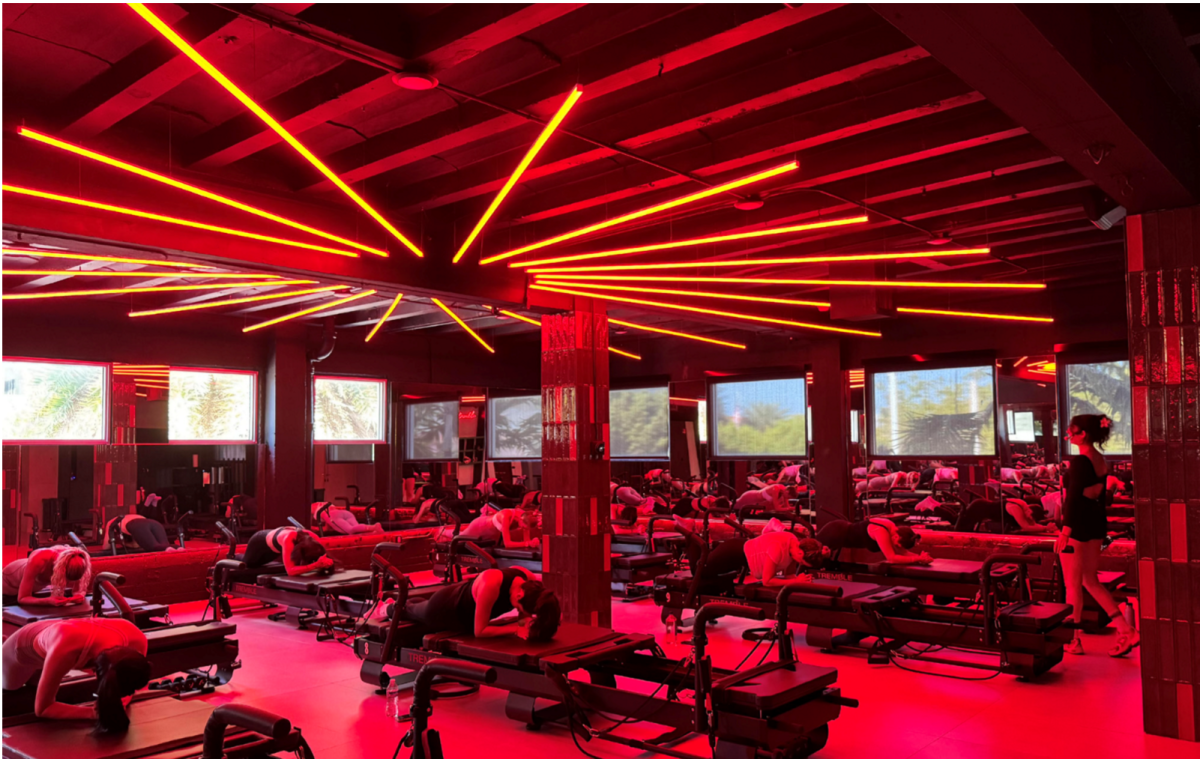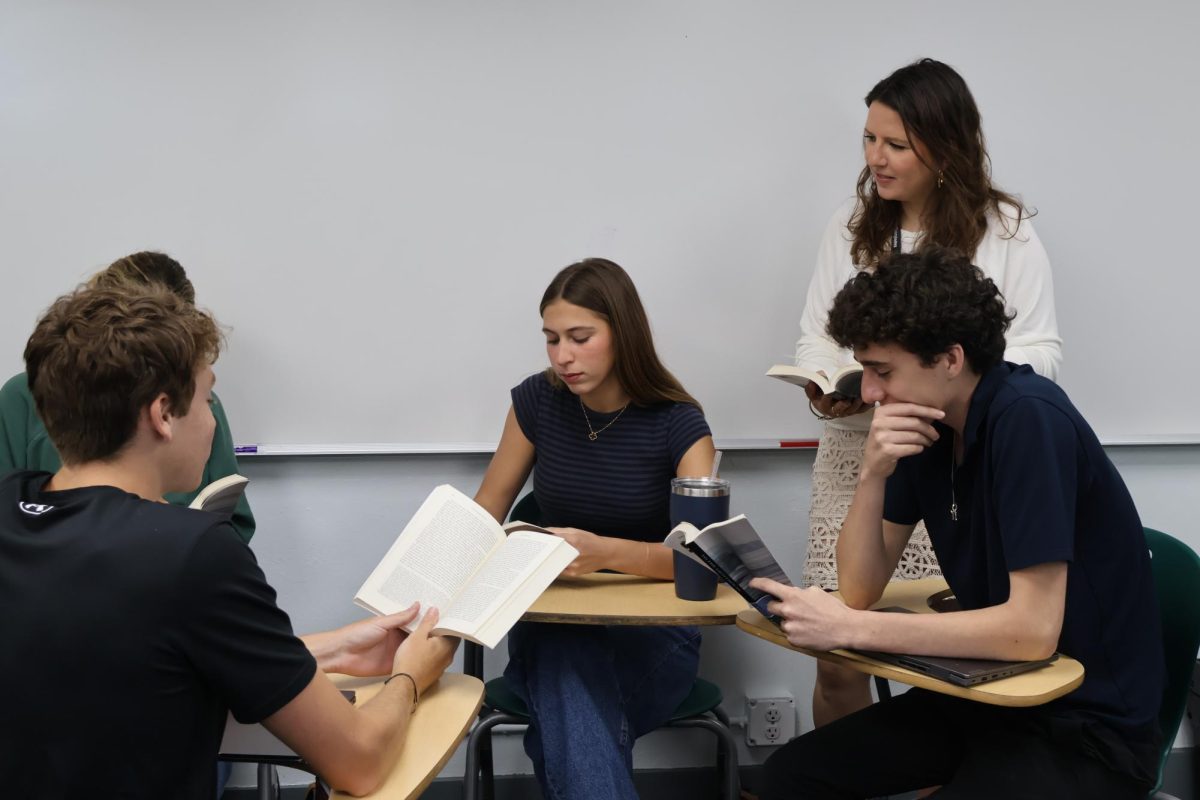Once a niche workout favored by dancers and physical therapy patients, Pilates has now become one of the most popular fitness trends—especially among Gen Z. With hashtags like #Pilates attracting billions of views on TikTok and celebrities like Kendall Jenner and Bella Hadid promoting it, Pilates has evolved from a simple exercise routine into a lifestyle aspiration.
It’s a far cry from its origins. Joseph Pilates developed the method while interned in a camp during World War I, using improvised equipment to help fellow detainees recover from injuries. What began as a practical system for rehabilitation has since become a global fitness sensation, with boutique studios, luxury gym concepts, and social media influencers shaping its contemporary image.
Much of Pilates’ appeal lies in its versatility. Unlike high-intensity workouts that push participants to their limits, Pilates offers a low-impact yet highly effective approach to building strength and improving mobility.
Nina Tekriwal, a senior who recently took up the practice, admits that she never enjoyed working out before—but she enjoys Pilates. “I thought that it was such a chore to take care of myself,” she said, “but I think that once you start working out, your body gets a craving to work out. Sometimes I’ll feel awful and then I’ll be like, you know what could fix this? Maybe a little Pilates class.”
Pilates’ defenders argue that it is actually one of the most inclusive fitness practices available. “Unfortunately, a very limited view is being perpetuated by social media because it is such a holistic mind-body exercise that is very inclusive of people with injuries or different spinal conditions, like herniated discs,” explained Eugenia Paz, the founder of Paz Pilates Miami. “It’s actually an inclusive exercise that’s great for people with limitations. So it’s a shame that the social media view is that it’s this exclusive club for only very attractive-looking people.”
At the same time, influencer marketing has been undeniably key to Pilates’ explosive growth, with Google Trends showing a significant increase in interest in recent years. TikTok and Instagram have played a crucial role in Pilates’ mainstream popularity, with viral trends like “pink Pilates princess” spiking interest. The dominant narrative—slim, toned influencers on reformer machines—has led many to believe that Pilates is only for those who are already fit.
“I think that Pilates is hard,” said Tekriwal. “And people romanticize it, and I think that it is something to be romanticized, but I think that you will only get to that point once you’ve done quite a few classes and you actually know what you’re doing.”
Paz recognizes this shift, noting, “I think this probably stemmed from the pandemic. A lot of people were at home, and their exercise routines were a little bit limited. Pilates originates on the mat, so I think when a lot of people were maybe looking up home workouts on YouTube, they found a lot of Pilates.”
With Pilates’ rise has come an increased focus on the so-called “Pilates body”—a lean, toned physique that many now associate with the practice. While some embrace the physical changes Pilates can bring, others are concerned that it perpetuates unrealistic beauty standards.
“Social media glorifies Pilates as this workout that’s going to completely transform you, but in reality, it’s more about relaxation. Social media glorifies it too much. People act like it’s plastic surgery,” explained Olivia Gomez ’27, a Pilates enthusiast.
The idealized image of Pilates can be discouraging to those who don’t fit the mold. Paz warns against the toxic side of social media’s portrayal of fitness: “I think that’s definitely very important to dig into because online, I think we’re seeing a lot of very young, same, pretty influencers doing Pilates on a reformer. And I think that has made people think that’s what it is. You know, it almost looks like an exclusive club.”
Pilates’ rise is more than just a trend—it was the most-booked workout globally in 2024, and platforms like ClassPass report high retention rates among Pilates users. As the workout continues to gain momentum, experts believe it’s crucial to look beyond the influence of social media and understand the deeper benefits Pilates offers.
For young women navigating an overwhelming sea of influencer content, Paz offers this advice: “Nowadays, we are just overwhelmed with social media content of all kinds. And it’s already hard enough to be a woman, but now with social media, we have even more sources of comparison and ideals that we can’t fit. So I would really recommend people take a step back and understand that influencers will always jump on trends.”
Many believe the future of Pilates lies in making it accessible, inclusive, and focused on movement as a form of self-care—not just another viral trend. As Paz puts it, “I would encourage women to just love themselves as they are, not compare themselves to anything they see online, and maybe do a little bit more research about different kinds of studios, different kinds of exercise modalities.”
Whether through a trendy studio, an online tutorial, or a simple mat session at home, Pilates is here to stay. For many, the challenge now is ensuring it remains a practice for all bodies, not just those that go viral.







